SKIN CANCER
Skin cancer is a prevalent and potentially life-threatening condition that arises from the uncontrolled growth of abnormal cells in the skin. There are three primary types of skin cancer: basal cell carcinoma, squamous cell carcinoma and Melanoma. Each type presents distinct characteristics, risk factors, and treatment approaches highlighting the importance of awareness,
early detection and prevention in combating the disease.
Basal cell carcinoma is the most common form of skin cancer typically originating in the basal cells of the epidermis. It often presents as a small shiny bump or pinkish patch on the skin with a pearly or waxy appearance. While basal cell carcinoma tends to grow slowly and is unlikely to spread to other parts of the body prompt treatment is essential to prevent local tissue damage and disfigurement.
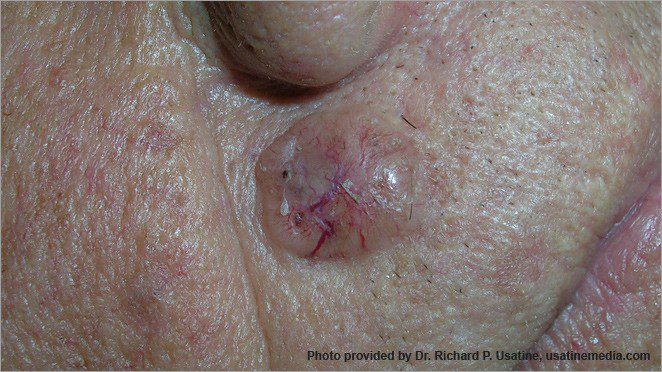
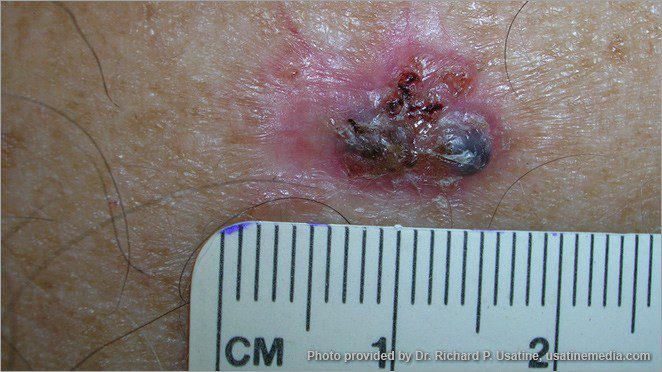
Squamous cell carcinoma arises from the squamous cells in the outermost layer of the skin and is characterized by a scaly red nodule or sore that may crust, bleed or ulcerate. Although squamous cell carcinoma is less common than basal cell carcinoma, it has the potential to metastasize to other tissues and organs if left untreated. Early diagnosis and intervention are critical in managing squamous cell carcinoma and minimizing the risk of complications.
Squamous cell carcinoma does have a precursor called actinic keratosis, which are scaly lesion on the areas of skin exposed to the sun. A percentage of actinic keratosis can evolve into squamous cell carcinoma over time. Actinic keratosis are easily removed with cryotherapy (freezing).
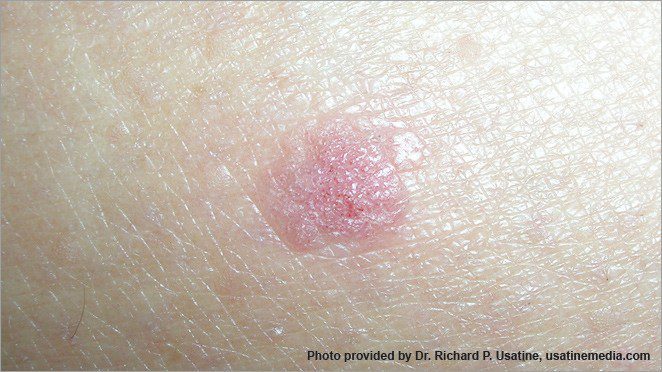
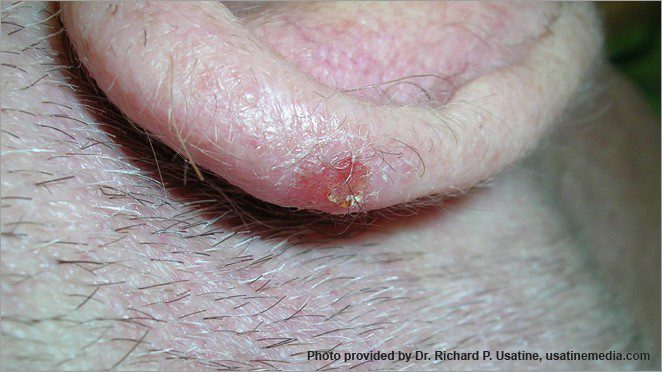
Melanoma is a less common but more aggressive form of skin cancer that originates in the melanocytes, the pigment producing cells of the skin. Recognized by the ABCDE criteria: Asymmetry, Border irregularity, Color variation, Diameter larger than 6mm and Evolution overtime, melanoma requires prompt identification and treatment due to its tendency to spread rapidly to distant sites of the body. Timely intervention and comprehensive care are vital in addressing Melanoma and improving patient outcomes.
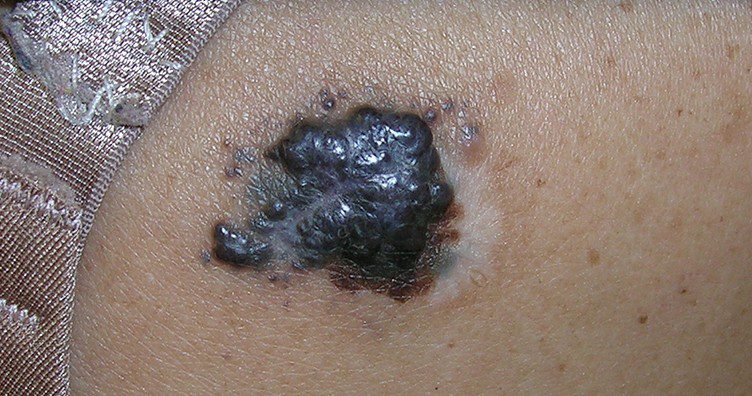
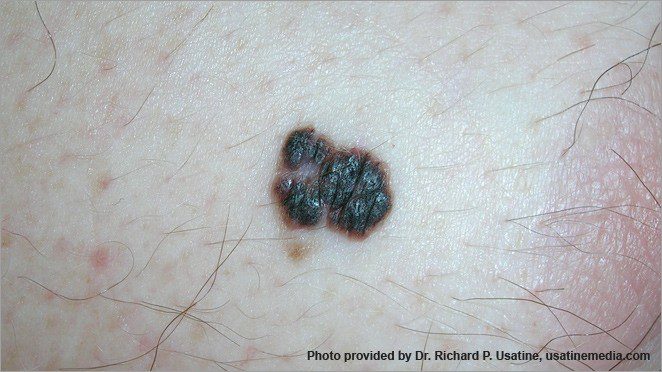
Regular skin self-examination and professional skin screenings are fundamental in detecting any suspicious changes on the skin that may indicate skin cancer. the ABCDEs of skin cancer detection serve as a useful guide and identifying warning signs of Melanoma and promoting early intervention. Additionally sun protection practices such as wearing sunscreen, seeking shade, wearing protective clothing and avoiding indoor tanning beds play a crucial role in reducing the risk of developing skin cancer and safeguarding skin health.
Diagnosing skin cancer typically involves a skin biopsy to confirm the presence of cancerous cells and determining the specific type of skin cancer. Treatment approaches vary based on the type and stage of skin cancer with options ranging from surgical excision and Mohs surgery to targeted therapy, immunotherapy, radiation therapy and chemotherapy. Individualized treatment plans aimed to remove cancerous cells minimize the risk of recurrence and preserve skin function and aesthetics.
In conclusion, skin cancer encompasses a diverse spectrum of malignancies that necessitate proactive measures in detection, prevention and treatment. By familiarizing oneself with the characteristics of basal cell carcinoma, squamous cell carcinoma and Melanoma, adhering to sun safety practices and prioritizing regular skin checks individuals can empower themselves to detect skin cancer early and advocate for optimal skin health. Remember skin cancer awareness and prevention are pivotal in reducing the impact of this disease and promoting overall well-being.
